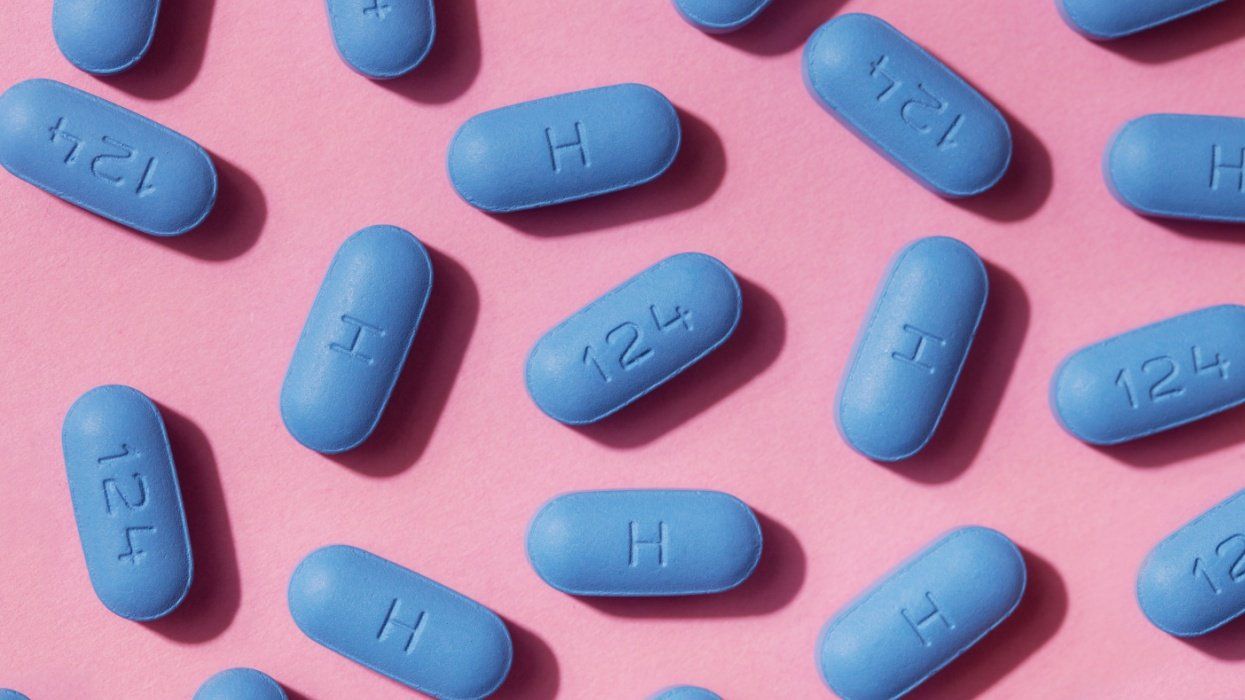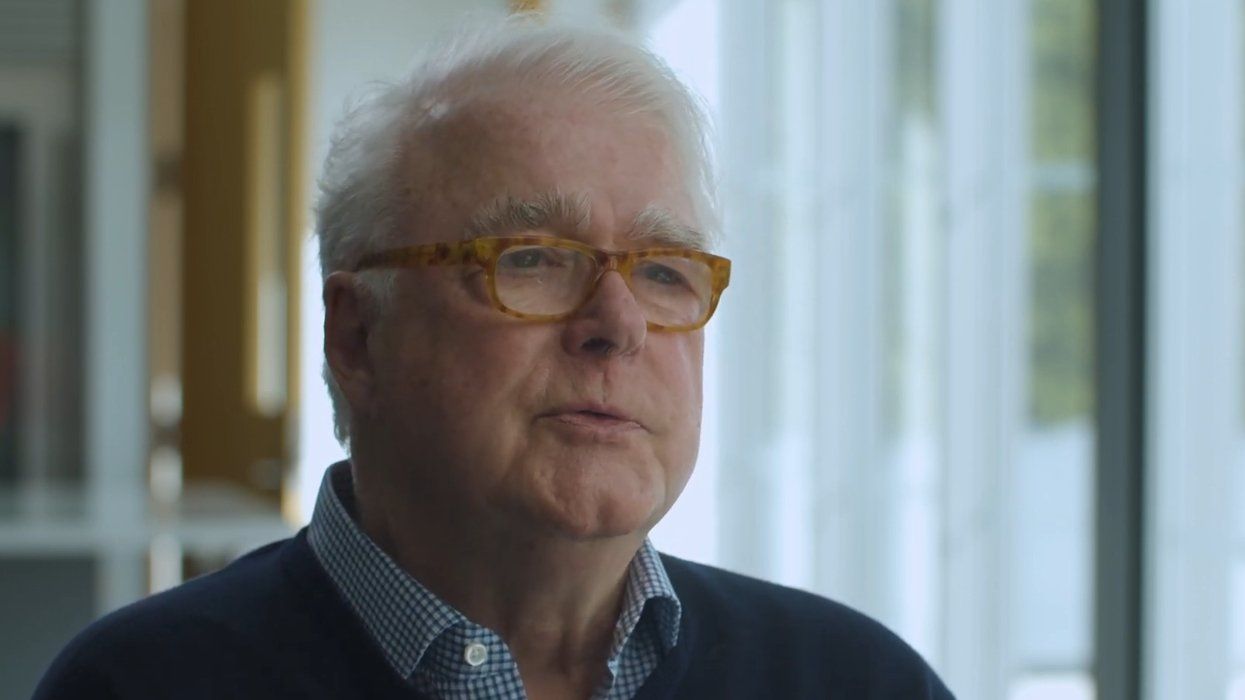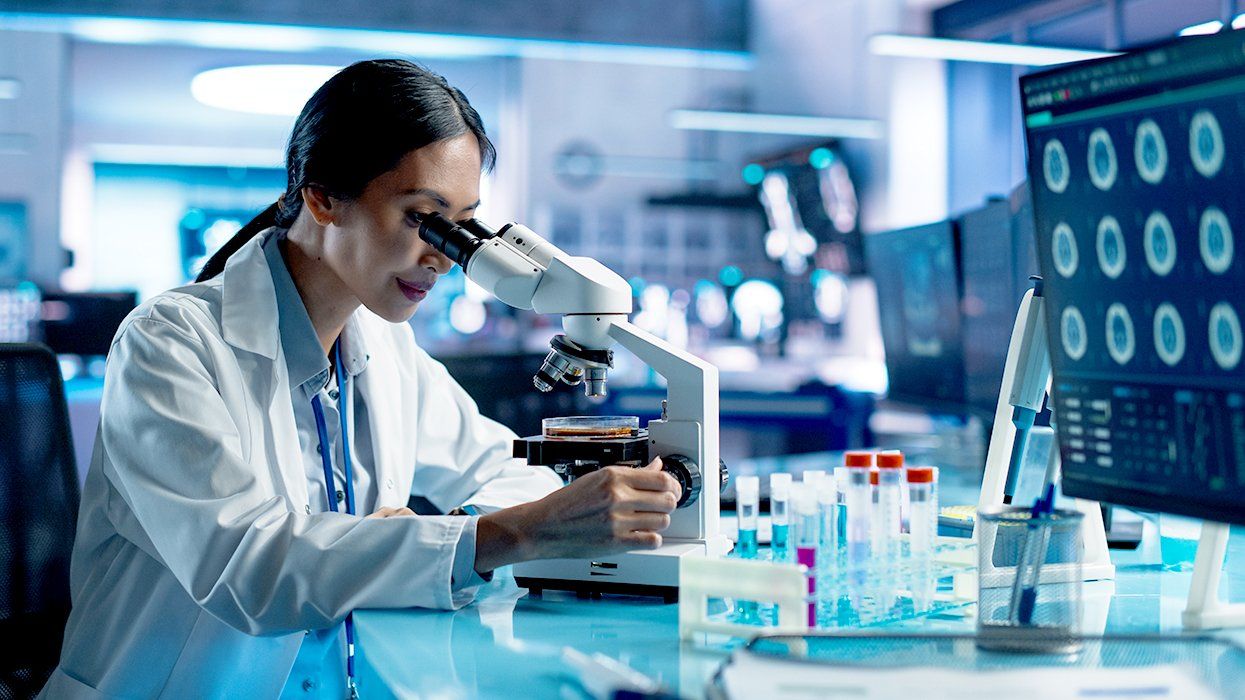
Treatment GuideJust DiagnosedSex & DatingAfrican AmericanStigmaAsk the HIV DocPrEP En EspañolNewsVoicesPrint IssueVideoOut 100
CONTACTCAREER OPPORTUNITIESADVERTISE WITH USPRIVACY POLICYPRIVACY PREFERENCESTERMS OF USELEGAL NOTICE
© 2025 Pride Publishing Inc.
All Rights reserved
All Rights reserved
By continuing to use our site, you agree to our Privacy Policy and Terms of Use.
Got food poisoning? The cause might be bacterial spores, an extremely hardy survival form of bacteria, a nightmare for health care and the food industry and an enigma for scientists.
Spore-forming bacteria, show up almost everywhere in our environment and can cause serious infectious diseases (such as tetanus, anthrax, and botulism). Now, researchers from Lund University and the United States have made a breakthrough in our understanding of the molecular characteristics of spores that in the long term may lead to new methods for sterilizing food and medical equipment.
In food production and health care, high temperatures are used to kill spores, which can survive boiling and normal disinfectants. But this is costly, and it depreciates the nutritional value and the taste of food. Why spores are so resistant to heat and how they can survive without nutrients has long puzzled researchers, but it has been suspected that what may be crucial are changes in the physical properties of spore water.
But now physical chemists at the Lund University faculty of engineering have succeeded in "seeing" the water in intact spores and discovered that it has entirely different properties than scientists previously thought. They have also seen that the proteins in the spores are immobile, which explains why spores can withstand such high temperatures. Thirdly, they saw that the core membrane of a spore constitutes an effective barrier for the water, which supports the hypothesis that it protects the spore DNA from toxic compounds. To be able to "see" what happens inside spores, the Lund researchers developed a unique method.
How Spores Function
To survive long periods without nutrients or other adverse conditions, certain types of bacteria have developed the ability to form spores, where the cell's DNA and necessary enzymes are packed into a capsule surrounded by multiple protective barriers. In this form the bacteria can survive for hundreds, perhaps millions, of years in a dormant state and, what's more, endure drought, extreme temperatures, radiation, and toxins that would quickly knock out unprotected bacteria. But spores read their surroundings, and as soon as conditions improve, they transform back into active bacteria.
It has long been known that the ability of spores to survive has to do with the low water content in the spore core, where the bacterial cell's DNA and most enzymes are stored. Many scientists previously thought that this water was transformed to a solid state, a so-called glass. This glass would protect the enzymes and lock down all cell machinery. This seems to be what happens in other hardy life forms, such as plant seeds.
"What we have discovered is that the water in the spore is nearly as fluid as in regular bacteria, while the enzymes are largely immobile. We therefore think that spores' heat resistance and ability to shut down their cell machinery can be ascribed to the fact that certain critical enzymes do not function in the low water content in the spore core. But much more work is needed to figure out the details of the mechanism," explains Bertil Halle, professor of physical chemistry, who, together with Erik Sunde, a Ph.D. student in his research group, wrote the Proceedings of the National Academy of Sciences article "The Physical State of Water in Bacterial Spores."
According to Bertil Halle, the findings should be seen in the light of a fifty-year-long debate about water in bacteria and other cells, where many researchers have maintained that the cell water has completely different properties than water in the test-tube solutions that are normally used to study proteins and other biomolecules.
"This is an extremely important issue that touches on all life. If these scientists were right, then much of what we have learned from test tube experiments about proteins, for instance, would have limited relevance," says Bertil Halle.
One reason the research world has been divided for such a long time is that there has been no method to allow us to see the water in cells or, what is even more difficult, in spores. But over the last fifteen years the Lund group has developed a technique called magnetic relaxation dispersion that can do this.
By varying the magnetic field, the scientists can see how molecules move on time scales from one thousandth to one billionth of a second. Using their unique method, the Lund team has performed several pioneering studies of proteins, DNA, and living bacterial cells, including two that were published in PNAS on April 29, 2008.
A Tightly Encapsulated Core
Another important observation crucial to understanding why spores can survive temperatures up to 150 degrees centigrade is that the proteins in the spore do not move freely, as in a water solution.
"When the temperature rises, protein molecules unfold into long chains. Since the molecules in the spore core are immobilized, they don't get tangled up with each other, as they would in ordinary cells. When the temperature goes down, they fold up again, and no damage has been done to the cell," explains Erik Sunde.
In their experiments the researchers have also been able to see that the membrane of the spore core lets water through at a rate that is at least a hundred times slower than for a bacterial cell membrane. This compact inner barrier protects the spore from toxic molecules that otherwise might destroy the spore's DNA.
"There are so many other things we still have to learn about structures and processes inside living cells. Almost everything we know about proteins comes from test tube experiments, but in the special environment inside a cell, partially different phenomena may occur. A molecular understanding of the structure and dynamics of cells is important, not least for the development of new drugs," says Sunde.
From our Sponsors
Most Popular
BREAKING: Supreme Court rules to save free access to preventive care, including PrEP
June 27 2025 10:32 AM
Thanks to U=U, HIV-positive people can live long, happy, healthy lives
July 25 2025 2:37 PM
The Talk: Beyond the exam room
August 13 2025 3:15 PM
Plus: Featured Video
Latest Stories
Amazing People of 2025: Javier Muñoz
October 17 2025 7:35 PM
It’s National PrEP Day! Learn the latest about HIV prevention
October 10 2025 9:00 AM
“I am the steward of my ship”: John Gibson rewrites his HIV narrative
September 16 2025 2:56 PM
“So much life to live”: Eric Nieves on thriving with HIV
September 03 2025 11:37 AM
The Talk: Owning your voice
August 25 2025 8:16 PM
The lab coat just got queer
August 21 2025 10:00 AM
Messenger RNA could be the key to an HIV vaccine — but government cuts pose a threat
August 20 2025 8:02 AM
The Talk: Navigating your treatment
August 01 2025 6:02 PM
The Talk: Starting the conversation
July 25 2025 4:47 PM
How the Black AIDS Institute continues to fill in the gaps
July 25 2025 1:06 PM
“I felt like a butterfly”: Niko Flowers on reclaiming life with HIV
July 23 2025 12:22 PM
Dancer. Healer. Survivor. DéShaun Armbrister is all of the above
July 02 2025 8:23 PM
1985: the year the AIDS crisis finally broke through the silence
June 26 2025 11:24 AM
VIDEO: A man living with HIV discusses his journey to fatherhood
June 10 2025 4:58 PM
Trump admin guts $258 million in funding for HIV vaccine research
June 03 2025 3:47 PM
Grindr is reminding us why jockstraps are so sexy and iconic
May 02 2025 5:36 PM
HRC holds 'die-in' to protest Trump health care cuts
April 28 2025 2:11 PM
Two right-wing Supreme Court justices signal they may uphold access to PrEP and more
April 21 2025 4:10 PM


































































